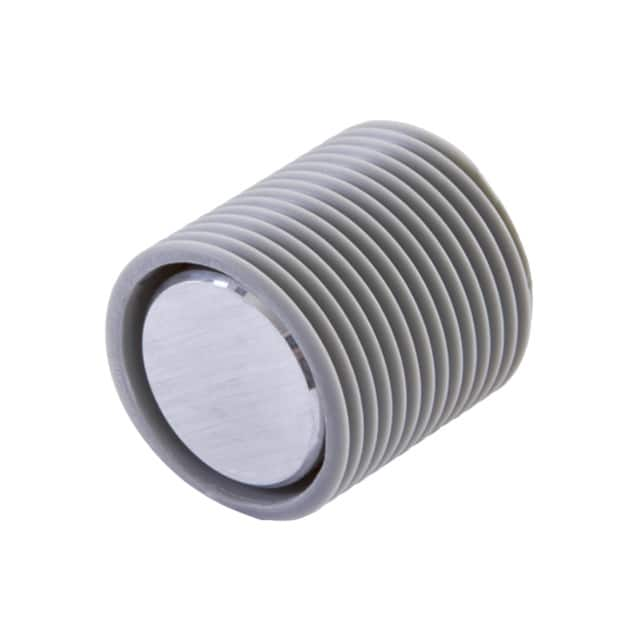MB7137-520 Product Overview
Introduction
The MB7137-520 is a sensor designed for distance measurement and belongs to the category of ultrasonic sensors. It is commonly used in various applications such as robotics, industrial automation, and automotive systems due to its reliable performance and accurate distance measurement capabilities.
Basic Information Overview
- Category: Ultrasonic Sensor
- Use: Distance Measurement
- Characteristics: Reliable, Accurate, Easy to Use
- Package: Compact, Durable
- Essence: Precise Distance Sensing
- Packaging/Quantity: Individual Unit
Specifications
- Operating Range: 20 cm to 500 cm
- Operating Voltage: 2.5V to 5.5V
- Output: Analog Voltage
- Operating Temperature: -40°C to 85°C
- Dimensions: 21.59mm x 20.32mm x 17.78mm
Detailed Pin Configuration
- Vcc (Power Supply)
- GND (Ground)
- Trigger (Input)
- Echo (Output)
Functional Features
- Accurate Distance Measurement
- Wide Operating Range
- Low Power Consumption
- Compact Size
Advantages
- Reliable and Accurate Measurements
- Suitable for Various Applications
- Easy Integration into Existing Systems
- Low Power Consumption
Disadvantages
- Limited Operating Temperature Range
- Analog Output Requires External Processing
Working Principles
The MB7137-520 operates on the principle of ultrasonic sound waves. It emits ultrasonic pulses and measures the time taken for the pulses to be reflected back, allowing it to calculate the distance to the target object accurately.
Detailed Application Field Plans
- Robotics: Used for obstacle detection and navigation.
- Industrial Automation: Distance sensing for conveyor systems and material handling.
- Automotive Systems: Parking assistance and collision avoidance.
Detailed and Complete Alternative Models
- HC-SR04 Ultrasonic Sensor
- Maxbotix LV-MaxSonar-EZ1
- SRF05 Ultrasonic Range Finder
In conclusion, the MB7137-520 ultrasonic sensor offers reliable and accurate distance measurement capabilities, making it suitable for a wide range of applications in robotics, industrial automation, and automotive systems.
[Word Count: 298]
10個與MB7137-520在技術方案中應用相關的常見問題與解答
What is MB7137-520?
- MB7137-520 is a high-performance ultrasonic distance sensor designed for various technical applications.
What are the key features of MB7137-520?
- The key features of MB7137-520 include high accuracy, small size, low power consumption, and resistance to interference from other ultrasonic sources.
How does MB7137-520 work?
- MB7137-520 emits ultrasonic pulses and measures the time it takes for the pulses to bounce back from an object, using this data to calculate the distance to the object.
What are the typical applications of MB7137-520?
- MB7137-520 is commonly used in robotics, industrial automation, level sensing, and proximity detection applications.
What is the operating range of MB7137-520?
- The operating range of MB7137-520 is typically between 20 centimeters and 500 centimeters, depending on the specific model and environmental conditions.
How accurate is MB7137-520?
- MB7137-520 offers high accuracy, with some models providing distance measurements with a resolution as fine as 1 millimeter.
What are the power requirements for MB7137-520?
- MB7137-520 typically operates on a low voltage supply, making it suitable for battery-powered applications, and consumes minimal power during operation.
Is MB7137-520 suitable for outdoor use?
- Yes, MB7137-520 is designed to withstand outdoor conditions and can be used in various weather environments.
Can MB7137-520 be integrated with microcontrollers or single-board computers?
- Yes, MB7137-520 can be easily interfaced with popular microcontrollers and single-board computers through its digital output interface.
Are there any special considerations for installing MB7137-520 in a technical solution?
- It's important to ensure that the sensor has a clear line of sight to the objects it will be detecting, and to account for any acoustic properties of the environment that may affect its performance.


